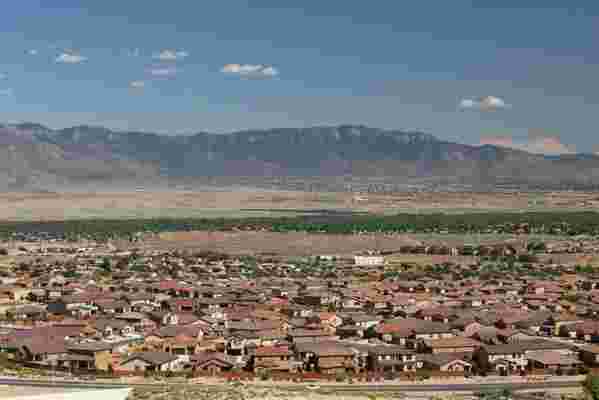If architecture helps shape our world, then perhaps it can also help save it. Climate change is among the most daunting problems we face today, and with more and more of the world’s population moving into cities, now is the time to both rethink how we use our resources and make certain our urban future can be clean, smart, and green.
Celebrated urban designer Peter Calthorpe is already focusing on this task, and in his recent TED 2017 talk on the subject, he identified an urgent trend that requires immediate attention: urban sprawl—the random, unplanned, and inefficient use of space and resources.
Calthorpe notes that as the importance of cities grows, so will the cities themselves, adding that new development is crucial. “If we don’t get that right, I’m not sure all the climate solutions in the world will save mankind,” he says. But, he argues, while growth is inevitable, waste doesn’t have to be: “It turns out smart growth works better.”
To promote smart growth—which focuses on aspects like walkability, dense housing, and mixed-use streets to reduce a city’s carbon footprint while also improving health and quality of life for residents—and avoid sprawl, Calthorpe has developed a city-planning tool called Urban Footprint. The program projects scenarios to compare and contrast future progress, allowing for a design that makes sense both to the planet and a city’s inhabitants.

An example of urban sprawl outside of Albuquerque, New Mexico.
However, no two cities in the world are the same, and the reasons for sprawl taking hold vary greatly. But Calthorpe has created guidelines he says can be applied to almost any situation to help control sprawl without sacrificing a city’s unique character. Protecting an area’s natural environment and historical sites can help maintain its identity, while an emphasis on walkability facilitates access for all. In addition, mixed-use infrastructure combined with mixed-income neighborhoods helps prevent neighborhoods being segregated by bank accounts.
Calthorpe is also a staunch proponent of bicycles replacing cars as the dominant urban vehicle and recommends cities embrace this more eco-friendly mode in their design. But even in places where cars and buses will still be necessary, he suggests integrating multiple modes of travel into one multipurpose route. Combined with a heavy investment in mass transit that matches the population density of the city it serves, the result would be a system that is functional and efficient, only utilizing the space and resources it needs.

Leave a Reply